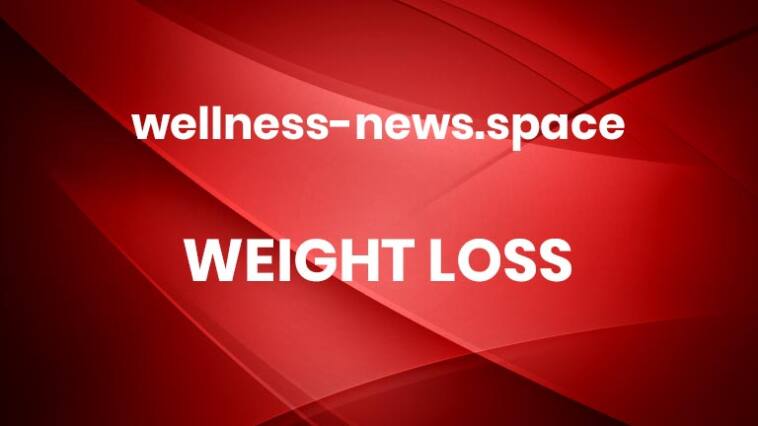HOTTEST

Struggling to get a consistent workout regimen at home? Matthew McConaughey’s workouts are anything but traditional, but they’ll boost your mood, health, and the monotony of isolation. Is it any surprise the actor’s got some unorthodox tricks up his sleeve to make movement a movement?
1. Run From Home
“Like any mammal, we’re always gonna make it back home. I like to run 20 minutes out, turn around, and drop and do 20 pushups 10 times during the run back.”
2. Dance All Night
“I could and should probably do it more often. It’s my favorite cardio. I don’t mind having a cocktail during some of my workouts.”3. Have Some Sex
“The original exercise,” McConaughey writes in Greenlights. “It makes our companion see us in a more flattering light, which psychologically makes us feel like we look better.”4. Wrestle…or Not
“I love it, but blew my ACL during a match. So now I spend a lot of time on the elliptical instead.”5. Just Schedule It
“You don’t have to actually work out, just plan on it, that’s enough.”
For access to exclusive gear videos, celebrity interviews, and more, subscribe on YouTube! More
When COVID-19 forced chef and restaurateur Michael Schulson to halt his always-on-the-move schedule, the 61-year-old had no choice but to find a change of pace. Here’s how he lost 35 pounds in two and a half months. When your entire career revolves around food—creating dishes, prepping, cooking, taste-testing—it’s not easy to maintain a steady weight or […] More

For at least a decade, doctors, physiotherapists, and chiropractors have used infrared light therapy to heal injured muscles and treat conditions like Parkinson disease, depression, and even cancer. Now, the benefits are not just for the lettered. You can buy at-home infrared light devices to help manage everything from injuries to blood pressure, hair loss to wrinkles. Question is, while infrared light devices promise to be a medical panacea, they cost thousands of dollars. Are they worth it?
The devices vary in size, shape, and function, but all use infrared LED lights, either invisible near infrared (NIR) or visible red infrared (RI). No one is entirely sure what these lights do in the human body, but scientists believe they penetrate our cells, activating the mitochondria, our cells’ power plant. Energizing these mitochondrion make cells healthier, encouraging repair processes.NASA started studying artificial light therapy in the 1980s and the research has increased in recent years with improvements in LED light technology. Anecdotal and scientifically gathered data links NIR and RI to all kinds of health and healing benefits, but the research is limited in scale, says Brent Bauer, research director for the Integrative Medicine Program at the Mayo Clinic in Minnesota.“We’re still waiting for reliable, large-scale studies to validate some of these claims,” he says. “Until we have some good-quality studies that evaluate both the efficacy and safety of these new devices, caution is prudent.”He does acknowledge NIR and RI light are different than the kind of skin-damaging energy used in tanning beds or solar UV rays. Used moderately, there are few side effects or risks associated with infrared light devices.Weighed against the growing list of benefits, it’s worth taking a closer look at some of the options available. Here are the top options to consider. More
One major concern this time of year is how to undo the excess of the holidays. Helping the gut microbiome is a start. Health-Ade Kombucha is a fermented tea that contains probiotics—the same stuff you get from miso, sauerkraut, and yogurt—which can help add to the healthy bacteria in your gut. Have a serving in […] More

As you get older, general fitness seems to be one of the first things to slip. Perhaps you are too busy, too tired, too stressed––the list of excuses goes on. However, one excuse that’s simply not true is that you are too old.
While nobody said getting older is easy––especially when it comes to maintaining fitness––there are countless examples of older athletes who defy their age and continue performing at a high level. Two prime examples are Laird Hamilton and Joe Rogan. While both men are in their 50s, training and fitness remain at the forefront of their focus.
In this 10-minute video, the two discuss the importance of staying fit as you get older, tips for staying motivated, and why saying that you’re “too old to workout” is not true.For access to exclusive gear videos, celebrity interviews, and more, subscribe on YouTube! More






